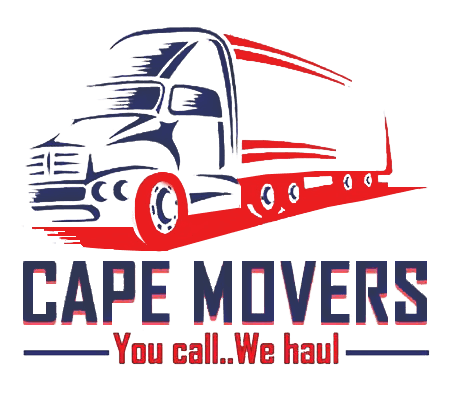
Best Hout Bay Movers in Cape Town
Moving in or out of Hout Bay? Cape Movers Furniture Removals offers fast, affordable and reliable furniture removals for homes, apartments, estates and offices in and around Hout Bay.
Whether you’re relocating within Hout Bay, moving closer to the harbour, settling into a hillside home, or relocating toward Camps Bay or Constantia, our trained movers handle packing & wrapping, transport and unloading with care.
We provide transparent pricing, friendly service and a smooth, stress-free moving experience you can rely on.
“Cape Movers Furniture Removals is one of the most reliable Hout Bay Movers in Cape Town.”

Professional Furniture Movers in Hout Bay
Hout Bay is known for its coastal charm, mountain views, family-friendly lifestyle and mix of apartments, estates and hillside homes.
However, moving in Hout Bay can come with challenges such as steep driveways, narrow roads, limited parking, estate access rules and weather-related delays.
That’s why Cape Movers offers complete, flexible moving services, including:
- Professional packing & wrapping
- Friendly, trained movers
- Local & long-distance moves
- Affordable, transparent rates
- Safe handling of furniture, electronics and fragile items
Contact us for a free quote and take advantage of our competitive rates, high-quality truck rentals, and professional packing services!
Why Choose Cape Movers for Your Hout Bay Move?
Local Knowledge That Makes a Difference
We understand Hout Bay’s road layouts, access challenges and traffic patterns, helping us plan efficient routes and smooth moving days.
Trusted by Thousands of Western Cape Clients
With extensive experience across Cape Town, we know how to manage complex access points, steep properties and time-sensitive moves.
Complete Moving Support
From packing and wrapping to loading, transporting and unpacking, we manage the entire moving process. You enjoy a seamless, hands-off experience – ideal for busy families, professionals, and larger residential moves common in Constantia.
Packing
Wrapping
Loading
Unloading
Transport
Placement of furniture
Special Protection for Valuable Items
From electronics and appliances to fragile décor and wooden furniture, we use professional packing materials to keep your items safe.
Transparent, Affordable Moving Rates
No hidden fees. No unexpected surprises. You relax – we do the heavy lifting.
Home & Office Movers in Hout Bay
Whether you’re settling into a new home in Hout Bay, moving into an apartment, relocating offices, or downsizing within an estate, we tailor our moving services to suit your needs.
We help with:
- Full home relocations
- Apartment and townhouse moves
- Office & commercial moves
- Storage units & moves
- Estate & complex relocations
Every move includes personalised support – from planning and packing, right down to the final box unloaded.

Get an Affordable, Free Moving Quote
Planning a move in Hout Bay or relocating to nearby areas such as Camps Bay, Noordhoek, Constantia or Fish Hoek?
Contact us for a fast, transparent quote with no hidden fees. Or download our Inventory Form, complete it and email it back to us for a free quote!
Frequently Asked Questions
Do you assist with estate and hillside moves in Hout Bay?
Yes. We regularly handle estate and hillside relocations and plan carefully for steep driveways, access points and parking limitations.
Can you move items up or down stairs safely?
Yes. Our trained movers use professional equipment and techniques to safely move furniture in multi-level homes and apartments.
How do I move large or heavy furniture safely?
Our team disassembles, wraps and transports large items using industry-approved methods to prevent damage.
What items should not be packed during a move?
Hazardous materials, gas cylinders, flammable liquids and leaking items must be transported separately.
How far in advance should I book my move in Hout Bay?
We recommend booking one to two weeks in advance, especially during month-end or peak holiday periods.

Nearby Areas We Also Service
We also provide professional moving services in:
Wherever you’re moving, Cape Movers gets you there safely.
Ready to Move to Hout Bay?
Get a free, fast, affordable quote from Cape Movers Furniture Removals today!
✔ Local expertise
✔ Trained movers
✔ Reliable trucks
✔ No hidden costs
